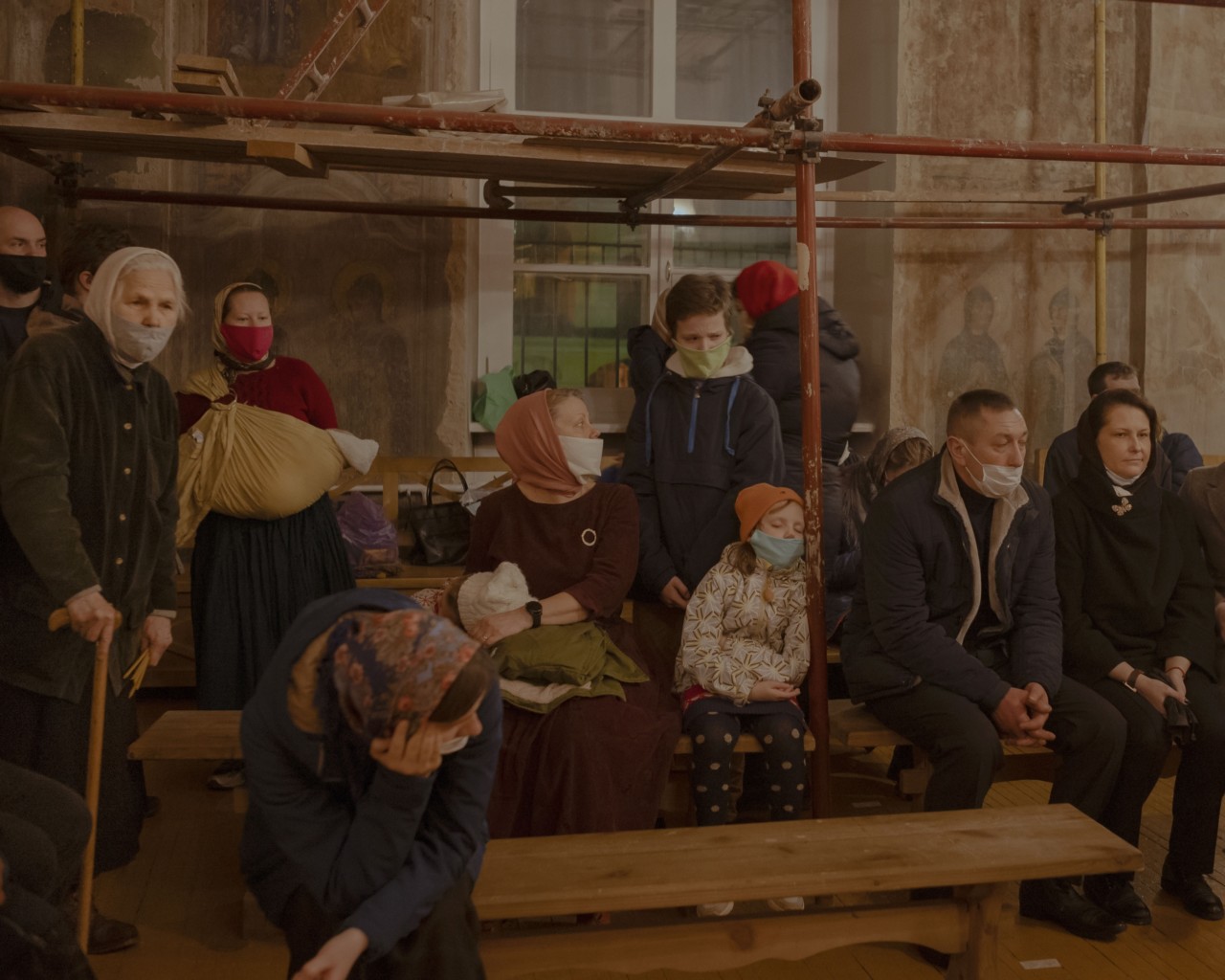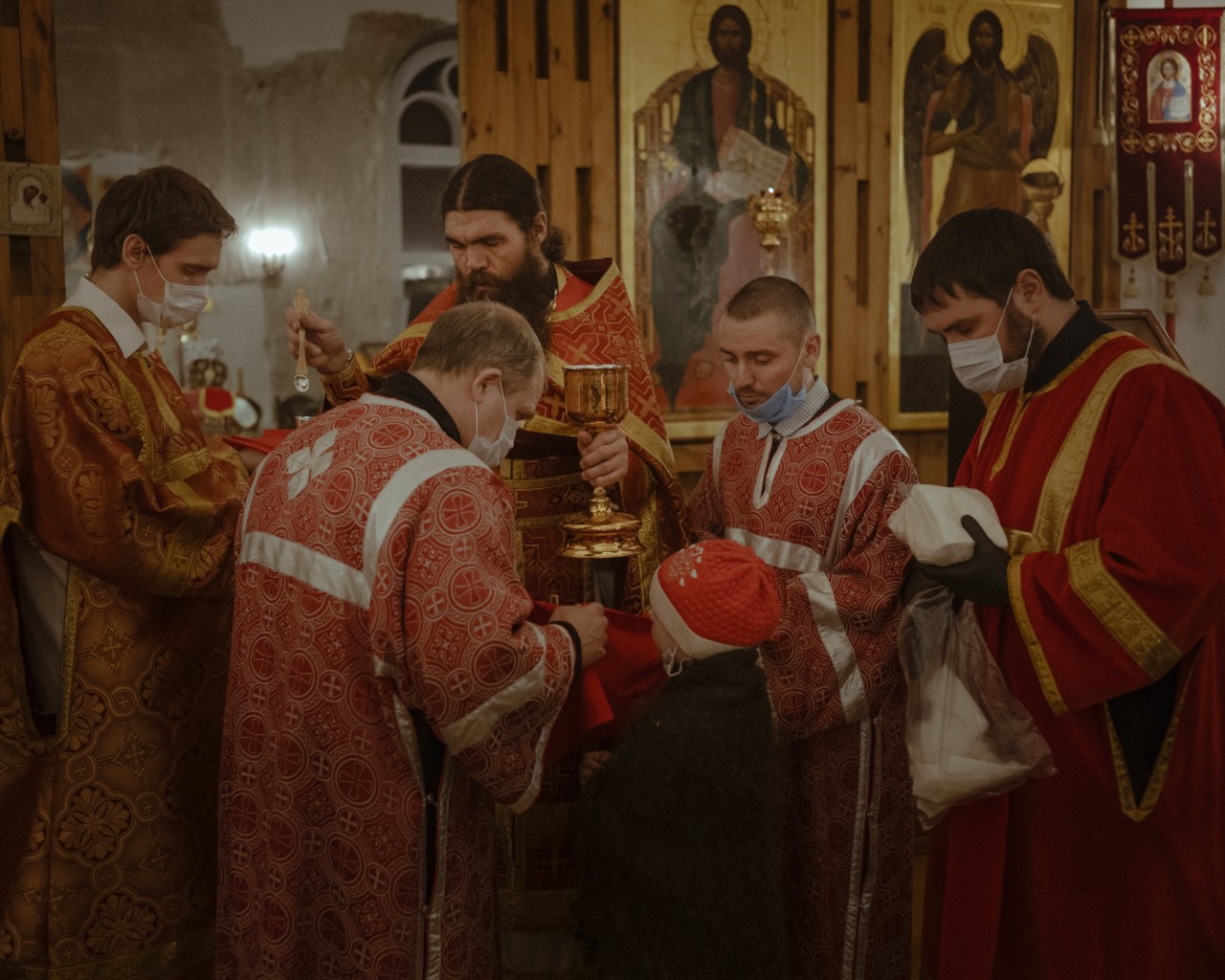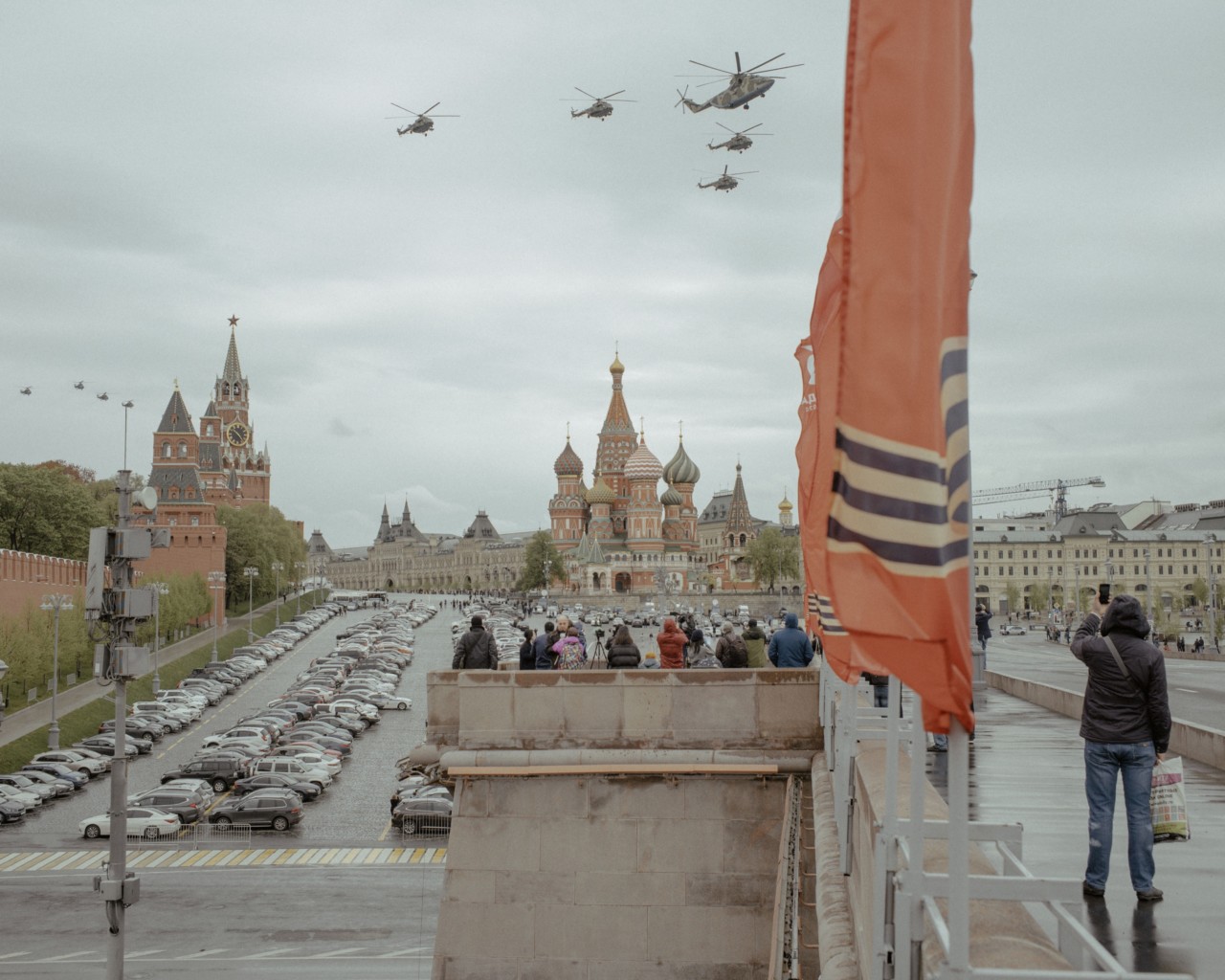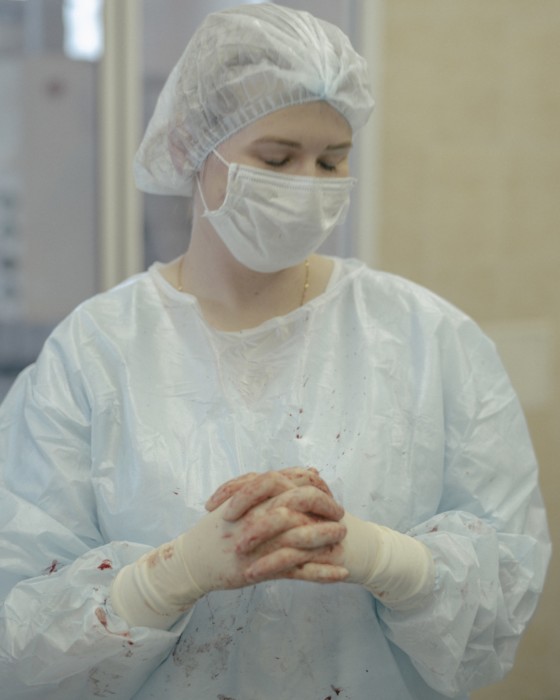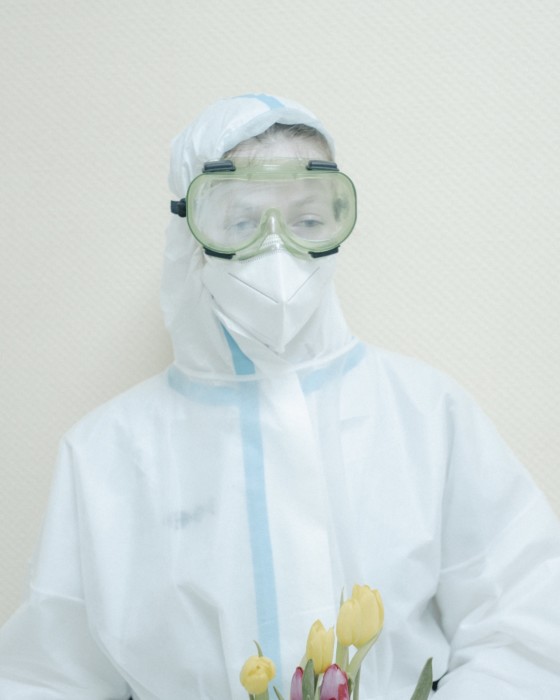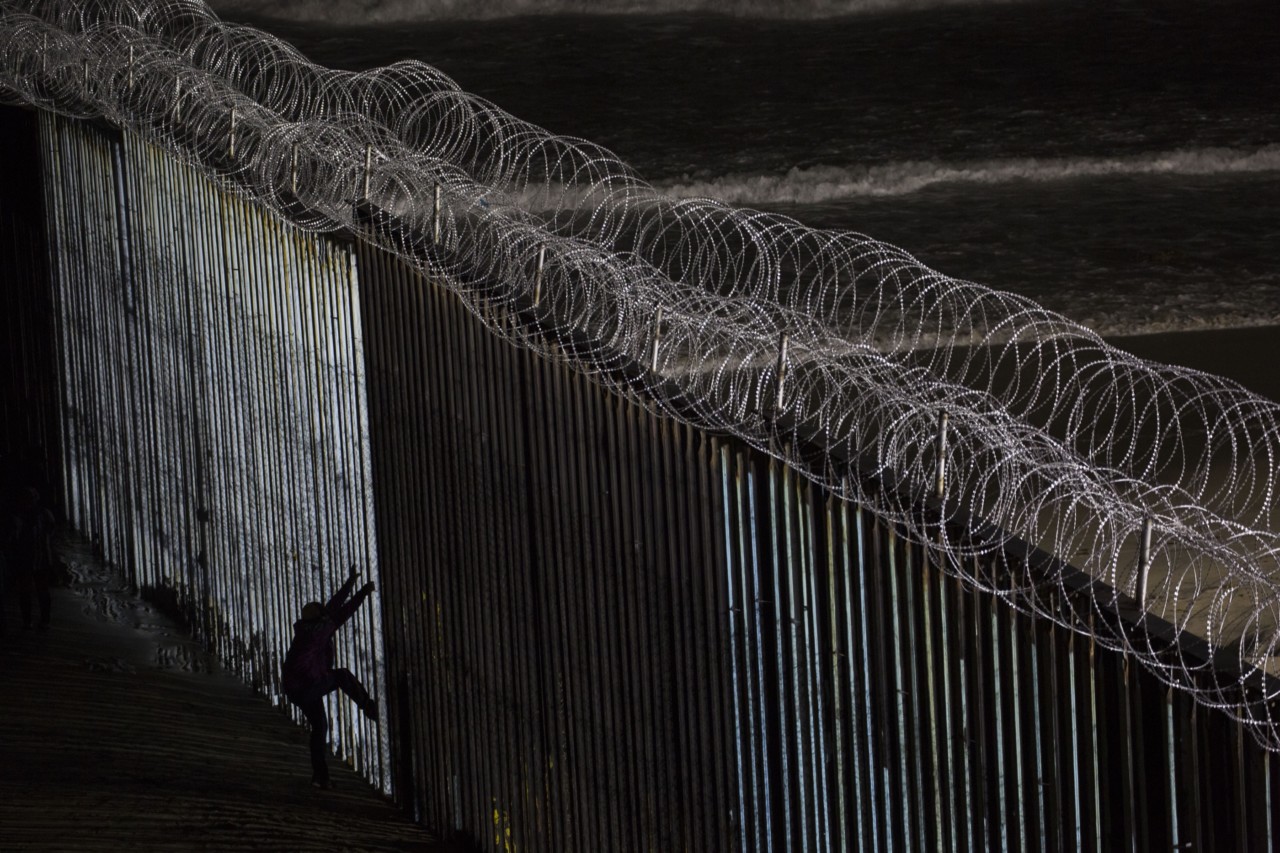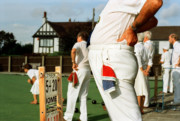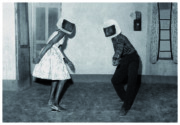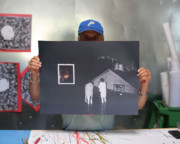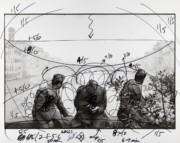TRUTH IN PHOTOGRAPHY
A new platform explores the ongoing dialogue around photography, social change, and the shifting role of media
TRUTH IN PHOTOGRAPHY is a new interactive platform looking into the history of image-making through the work of renowned artists, lesser-known practitioners and vernacular photography. Magnum Photos will be collaborating with Alan Govenar, curator and founder of the platform, to provide content drawn from the archives as well as contemporary work that will interrogate the nature and intentions of the medium.
Here, Magnum’s Cultural Director Pauline Vermare discusses the project with Govenar. The first edition of TRUTH IN PHOTOGRAPHY features two Magnum bodies of work, Nanna Heitmann’s reportage on Covid-19 in Russia, and a group portfolio on the US/Mexico border – images from both illustrate this interview. You can explore the platform here.
Pauline Vermare: You have been building this encyclopedic project for a long time now. It is made of layers and layers of content – not only photographs but also video, audio, text… This is an impressive combination of knowledge that amounts to years of research and critical thinking. Can you tell us more about the nature of the platform, and your intentions for it?
Alan Govenar: TRUTH IN PHOTOGRAPHY is an open-ended forum for active dialogue and discussion about photography and social change, exploring the issues vital to truth in image-making that are crucial to our world today. This interactive project questions the singular truth of photography by presenting multiple points of view, featuring diverse curators, photographers, critics, and historians, and integrating vernacular photography, photojournalism, and fine art photography. TRUTH IN PHOTOGRAPHY continues the work of Documentary Arts, a Texas- and New-York-based non-profit organization I founded in 1985 to present essential perspectives on historical issues and contemporary life.
What was your thought-process around the selection of different themes explored on the site?
The themes we focus on are historical and contemporary, timely and timeless. They are not definitive but are instead points of emphasis and comprehensive in different ways. Clearly, photographers in today’s world are broadly engaged in many, if not all, of these themes. Some of themes we intend to explore include: Looking for Truth in a Digital Age; The Ethics of Truth; Community and Cultural Identity; The Democratization of the Camera; The Transmission of Photographic Truth; The Manipulation of Photographic Truth; The Professionalism of Photography; Advocacy for Social Change; Concerned Photography; Citizen Journalism; and The Power of Abstraction to Reveal Truth. As TRUTH IN PHOTOGRAPHY evolves, new themes will emerge, offering windows into the thinking and creative process of photographers as the scope of their work expands.
One of the great appeals of the platform is the juxtaposition you create between archival and contemporary work, and between professional and vernacular photography, which really exemplifies the breadth and depth of what photography is – what it means for the photographers, what it means for the subjects, what it means for the viewers. For the launch of the platform and this first edition, you have curated two essays by Magnum photographers: one is Nanna Heitmann’s Covid-19 work, which is accompanied by an interview. Can you tell us about that?
Nanna Heitmann’s photo-essay is an intimate portrayal of the intensity of Covid-19 in and around Moscow, from photographs of congregants at a Russian Orthodox Church that echo the compositions and coloration of Bruegel paintings to haunting, yet gentle, portraits of frontline medical workers and the stark reality of hospital patients. In my Zoom interview, Nanna speaks with humility and candor about the difficult truths and ethical challenges of documenting the suffering she witnessed. Her comments are at once compelling and poignant.
The core idea and mission of the platform is to be open and diverse, engaging photographers, curators, editors, academics of all backgrounds to take part in the narrative. Can you tell us more about the intended participatory nature of the project?
At this point, the site encourages submissions in two different ways. The first is our Share Your Truth page, where anyone can submit an image by uploading it, and then filling out a description of the image and answering the question “How does the image express or manipulate truth?” The second way to submit to Truth in Photography is to view our submissions page. There you can fill out a contact form to let us know how you would like to contribute to the site.
In addition, there is an opinion section, where anyone can give their perspective by finishing the sentence “Truth in photography is…”
Our collaborators – Magnum Photos, Aperture Foundation, International Center of Photography, Local Learning, Family Pictures, and others (museums, libraries, schools, colleges, cultural organizations and the general public) — will help shape our curatorial direction in the development, design, and content. With each edition of our open-ended forum, we hope to add partners and collaborators.
Most of the projects you have led until now had a very strong educational dimension to them. What about this one?
The site explores the ways in which the truth in photography has been debated and challenged, delving into current issues, but also those from the past. As the site evolves, it will become a multimedia encyclopedia of photography that strives for gender and cultural balance, reflecting the diversity of image-makers from around the globe. Every edition of TRUTH IN PHOTOGRAPHY will include historical content that delves into the way image-making developed into what it is today, and how the issue of truth has been central to the medium from the very beginning. In addition, TRUTH IN PHOTOGRAPHY will be a multifaceted resource, containing many links to other websites, essays, articles, blogs, and books, which elaborate the context of the featured photo-essays and provide opportunities for continued learning. We are working with teachers and community educators to develop learning resource materials. Documentary Arts has a long-standing commitment to educational outreach. Our websites www.documentaryarts.org, www.mastersoftraditionalarts.org, everydaymusiconline.org and museumofstreetculture.org offer learning resource guides free of charge.


